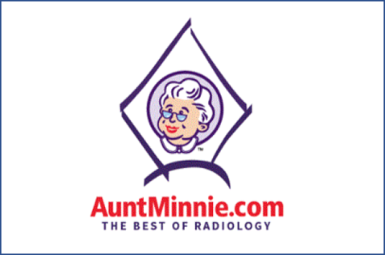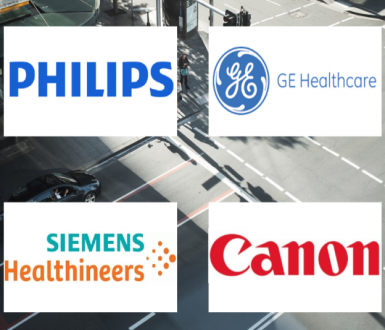Workflow Applications Drive Radiology Analytics Market


Steve Holloway
Published: February 4, 2020 In The News
January 31st 2020 – Written by Steve Holloway – Featured on AuntMinnie.com – The utilization of artificial intelligence (AI) to assist with image interpretation may generate much of the headlines in radiology analytics, buts its workflow-enhancing tools — some based on AI and some not — that currently offer the most proven value for today’s world of radiology.
To better manage costs and improve efficiency across all imaging departments in an enterprise, healthcare institutions are increasing turning to analytics applications that provide business intelligence — enabling better understanding of the radiology department’s working processes at scale and driving operational improvements.
You may also like


